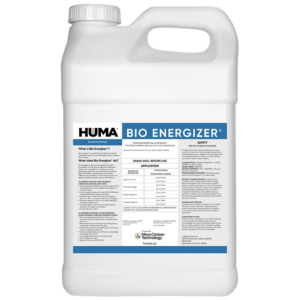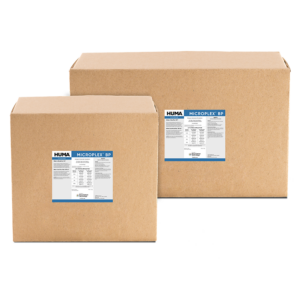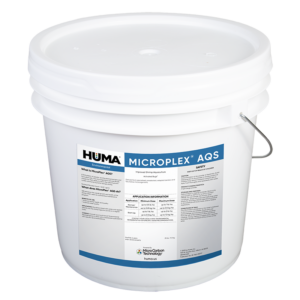FAQs
Related Products
Related Case Studies

Super Phos® Lowers Papermill Operating Costs in China
Problem The existing wastewater treatment system uses 600 kg/day of diammonium phosphate (DAP) to provide the needed phosphorus concentration to maintain a healthy microbial population to treat wastewater. These microorganisms break down the organic matter being discharged from the paper processing facility. Without the correct concentration of available phosphorus, the microorganisms are unable to grow...

Bio Energizer® Reduces Costs and Turbidity in Paperboard Lagoons at Kentucky Papermill Wastewater Facility
Problem A paper mill wastewater facility was treating 940 tons of paper bags, recycled linerboard, and corrugating medium, daily. The mill was interested in improving wastewater operating efficiency and lowering operating expenses over their standard polymer usage. The plant was experiencing filamentous bacteria, solids, and bulking issues in the final clarifier. It was discharging 4,000...

Bio Genesis® Reduces Foam and Increases Stability at Idaho Municipal Wastewater Treatment Facility
Problem A municipal wastewater treatment facility in Idaho uses a small, activated sludge system to treat 35,000 gallons per day (gpd); waste activated sludge (WAS) is removed from the system approximately every 2 to 3 weeks. The system frequently experienced intermittent foaming and settling issues, as well as seasonal impact from grease relating to the...
Related Blog Posts

Land-Applied Sewage: Do Farmers Benefit from Recycled Sewage?
While controversial among activists and consumers, land application of septic and sewage sludge is not a new practice. Farmers have been land-applying raw sewage––at one time called "Night Soil"––to fields and crops for centuries.

BHN Hosts PFAS Training for Water and Wastewater Plant Operators
Bio Huma Netics hosted a 6-hour PFAS training seminar on February 23, 2022. Co-Sponsored by the Rural Water Association of Arizona, the event provided education on the problem of per- and polyfluoroalkyl substances (PFAS) contamination in water. Speakers at the event included Heather Jennings, PE, Director of Probiotic Solutions®, Cathy Swanson, West Regional Sales Manager...

Bio Energizer® Cuts Sludge Hauling Costs for Potato Wastewater Treatment Plant
A wastewater treatment plant in Pennsylvania was experiencing process control problems when new potato waste stream flows increased by 26%. The additional load was causing filamentous issues in the sequencing batch reactor (SBR), settlability problems, and increased sludge hauling costs. The engineer was unable to maintain the 8-foot decant level in the sequencing batch reactor...






